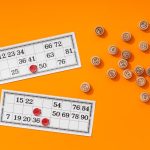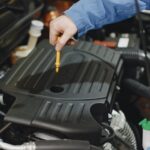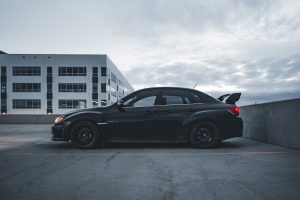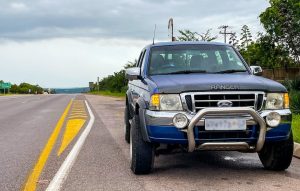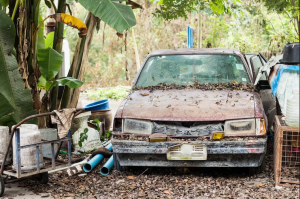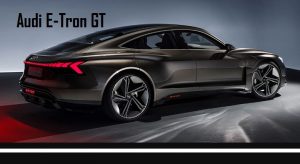You know what bearing is, the word bearing is derived from the bear, which means to support or carry. The supporting part is called bearing when relative motion is made between the two parts and one part supports the other. So, the bearing is a mechanical element of a machine part, which supports another mechanical element or the part in its relative motion. The relative motion can be linear or rotary.
As in the case of engine crossheads and guides, the guides act as bearings and the relative motion becomes linear. Similarly, the ways of milling machines and planar machines can be considered bearings. The relative motion between these and the bearing is rotary in terms of a lathi’s spindles, drilling, boring machines, axles of automobiles, crankshafts, etc.
In almost all kinds of machines, either the movement or the force has to be transmitted through rotating shafts, which hold the bearings. These bearings allow for the free and smooth rotation of shafts with low friction. The loss of power or movement can be minimized with the optimal lubrication of bearing surfaces. The need for bearings is for the following two purposes. 1. It provides support for rotating shafts, 2. Allows for the free and smooth rotation of the shafts. 3. It helps to carry thrust and radial loads. Generally, bearings can be classified into the following two types. 1. Sliding contact bearings and 2. Rolling contact bearings or anti-friction bearings.
The sliding contact bearings and shafts have relative motion due to the interrelated sliding, and usually, all bearings that do not use rollers and balls are called sliding contact bearings. In rolling contact bearings, the relative motion between the shaft and the bearing is caused by the rolling of the balls and rollers used in the bearings. These are therefore called rolling contact bearings or ball and roller bearings.
The bearing friction is much lower than that of the contact bearings of the slide, and the frictions of the machines that often start and stop under the load are less. Therefore, these bearings are called anti-friction bearings. There are two types of anti-friction bearings, 1. Ball bearings 2. Roller bearings. Spherical balls are used in ball bearings. There are two types of ball bearings. Radial ball bearings and thrust ball bearings. Roller bearings can be classified as radial roller bearings and trace roller bearings. The radial and thrush roller bearings carry the radial and thrush loads, respectively.
Although the thrust bearing is parallel to the axis of the load shaft in the bearing, the bearing is known as a thrust bearing. This is known as collar bearing if the ends of the shaft in thrust bearing extend the path beyond the bearing surface. The axis of the shaft remains horizontal. It consists of a simple type of bushed-bearing cast iron body and a shrub made of brass or gunmetal. The body has a square foundation. The base is hollowed to reduce the machining surface area. Two elliptical holes are provided in the base to bolt the bearing. The pressure on the footprint or pivot bearing acts parallel to the axis of the shaft and the shaft rests on the bearing at one end of it. These bearings find applications in the strategies of textiles, paper, etc., used for light loss and low speeds.
Pedestal bearings are known as Plummer blocks. It is also called split or divided journal bearing. In thrust bearing, if the end of the shaft ends by resting vertically on the bearing surface, it is also known as flop bearing or the pivot bearing. Bearing is an important factor for a car and for any machine. Replacing the bearings is the correct choice before anyone. if not, sell your car for cash with a cash for cars dismantlers company.





